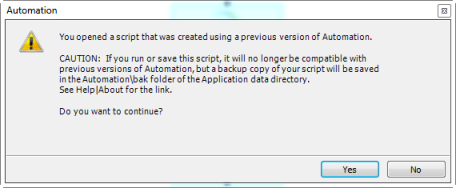...
...
...
...
1. System Requirements
| Expand | ||
|---|---|---|
| ||
1.1 Supported Platforms
The memory required may vary based on the following:
Required may vary based on the edition of Toad selected for installation.
|
| Expand | ||||||||
|---|---|---|---|---|---|---|---|---|
| ||||||||
1.2 User Requirements
The following exceptions exist for Power Users:
2. User Requirements and Restrictions for Running Toad The following describes the requirements and restrictions for users who launch and run Toad:
|
2. Installation
| Expand | ||
|---|---|---|
| ||
2.1 Install TOAD for DB2There are several ways to find the installers :
When installing Toad using Quest Software Installer on Windows 7 64-bit, Program 4. Select “ Toad File Extensions format” , Click Next 5. Check Allow saving passwords to prohibit users from saving their passwords in Toad. Click Next 6. Click Finish and Click Yes for restart the computer. |
| Expand | ||
|---|---|---|
| ||
2.2 Install SQL Optimizer for DB2SQL Optimizer for IBM DB2 LUW lets you tune the SQL used in the DDL for triggers, views, or materialized query tables and the SQL included in packages. You can also tune the SQL on which you are working in the Editor. To Install SQL Optimizer for DB2 on a Windows machine :
|
| Expand | ||
|---|---|---|
| ||
2.4 Specify Application Data Directory LocationThe default location cannot be modified from within the application. Toad provides two methods to change the default location: by using a Registry setting or by using a command switch in a Toad shortcut. Use the Registry setting method to change the application data directory from Roaming to Local. Use the command switch method to change the location to any new path. See the following table for default (Roaming) and resulting (Local) directory path.
To instruct Toad to always use the new directory path, add the command switch and the new directory path to a Toad desktop shortcut. Then use the desktop shortcut when opening Toad.
|
3. Licensing
| Expand | ||
|---|---|---|
| ||
3.1 Activate License Key- TOAD For DB2To enter your license key
License key determines the edition of Toad (Pro, Xpert, etc.) and will enable the functionality accordingly. In many cases, if functionality is disabled within Toad, you may not have an appropriate license to use it. When Toad is running, you can see which components are licensed by selecting Help |About. |
| Expand | ||
|---|---|---|
| ||
3.3 Upgrade Toad
|
...
3. Select No (and do not elect to save the script), to keep the script compatible with the previous
Only currently-scheduled tasks (enabled or disabled) are listed in the Migrate Scheduled Toad immediately prompts you for your Windows password. Enter your password to migrate the
|
4. Managing Licenses
| Expand | ||
|---|---|---|
| ||
4.1 Move License to another computerTo move the Toad application and license from one user to another user on a different computer.
|
| Expand | ||
|---|---|---|
| ||
4.2 Uninstall Toad for DB2If you uninstall Toad, it may not uninstall completely. When you use Toad, you create new files such as SQL scripts, data output, or temp files, etc. The following types of files are not removed when you uninstall:
To uninstall Toad
|
Support Chanel : Support Portal




